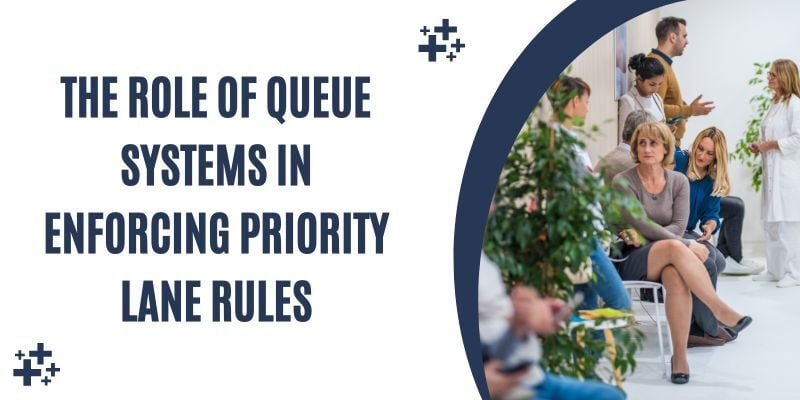
These days, communication channels have multiplied so even the smallest SME makes use of a variety of direct contact channels to answer all of the customers’ needs, inquiries, and questions. Practically all organizations are present not only in physical interaction channels (e.g.: offices, call centers) but also in virtual channels (e.g.: websites, social networks).
Within this new reality involving the organizations’ communication and interaction channels, there appears a consumer who has no access to a multiplicity of technological options to reach a company or organization: mobile phones with Internet access, laptops, desktops, tablets, smart TVs, and other devices that ensure connectivity and 24-hour service accessibility.
Indeed, it is worth stressing that such a multiplicity of communication options has not replaced customer-company physical interaction; on the contrary, it complements and integrates it to provide more and better customer satisfaction and match expectations. At least, that’s how it should work.
Omni Channel Communication: Transforming Customer Experience
At the same time, customer loyalty is a remarkably more volatile variable. This is even true for those industries which have historically hit the highest loyalty rates. According to Bain’s Financial Services 2013 research on 27 countries’ banking sectors, customers who change banking companies outnumber new customers initiating operations at a bank for the first time.
This difference represents 3% in developed countries and 6% in developing countries.
Both new channels and technologies also involve new risks that must be managed. Today, any customer’s negative experience is spread and disclosed at an astonishing speed through the same tools of communication used to interact with the company (websites, instant messaging, and social networks), which in the long run brings about other customers’ migration.
Consequently, companies that offer multi-channel attention face the urge to set a unified strategy that guarantees an equally satisfying customer experience at every channel of communication. Such a unified strategy, that is the attempt to achieve a strong synergy between physical and virtual channels of attention using clear, definite, and coherent policies is what we refer to as the Omni channel which may become an organization’s essential ally to revamp business results.
Additional Information
If we pause for a few seconds, any one of us will easily recall interacting with an organization through several channels and feel as if interacting with totally different institutions. This multiple personality syndrome is the commonplace pathology of companies that offer multi-channel instead of omni channel attention.
Understanding that there exists a relationship among the diverse channels, that such a relationship must exist, is the first necessary step to offset previous mistakes and begin to show similar identities, with the sole objective of achieving one unique organization’s identity.
One more key component of omni-channeling has to do with understanding customers’ expectations of each channel. Although it is true that online transactions are increasingly becoming the preferred choice and that many customers have migrated to online interaction, it is also true that the service area is still the only space with the ability to bring about unforgettable experiences (satisfying or not), since physical interaction is decisive.
Making sense of this reality helps each channel’s roles acquire a different and distinct meaning. Those spaces where traditional transactional operations used to take place began to migrate to new schemes where the provision of services becomes more relevant. A clear example may be observed in the banking sector whose traditional attention model has been changing to organize credit card offers, loans, and several commercial operations in a hierarchy.
Within this context, the contribution of communication tools, such as signage, becomes prominent due to their ability to get across segmented messages according to customers’ profiles at an accurate place and time, which creates new cross-selling opportunities.
Conclusion
For an organization, the adoption of omni-channel strategies is a maturating process that takes time, patience, perseverance, and ongoing customer feedback regarding their service experience. It is a matter that involves the organization as a unity, responsible for its policies, and the way it operates, serves, and understands.
Organizations count on a fundamental ally that may dramatically shorten the process of agreeing and applying coherent and consistent policies: technology. This tool is capable of not only gathering but also processing all the necessary information to get to know customers’ satisfaction rates throughout the channels to redefine the future of the omni-channel strategy.







